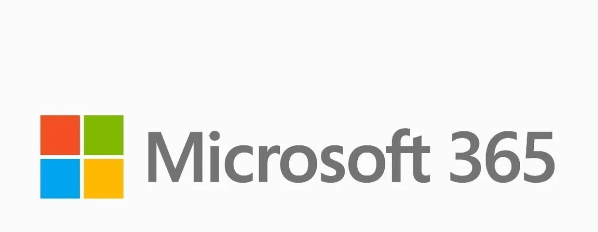In April 2023, Microsoft first announced that they would be consolidating their authenticated, user-facing Microsoft 365 apps and services onto a single domain: CLOUD.MICROSOFT. Historically, Microsoft 365 applications have been hosted across a mix of second and third level domains, with different naming conventions used for different products, for instance office.live.com, products.office.com/word and outlook.office365.com.
The transition to CLOUD.MICROSOFT is not going to happen overnight. Indeed, as part of the transition, CLOUD.MICROSOFT is being used as a redirect while content is being built. Communicating timelines and juggling concurrent work is part of any project, and dotBrand TLD transitions are no exception.
The migration of user-facing apps and services to a single domain adds an additional challenge to a project that is for internal-only facing apps and services – customers. While internal education is an intrinsic part of any use case scenario involving dotBrands, introducing user-facing applications of dotBrands requires external education as well. In April 2023, Microsoft announced the planned changes, and highlighted avenues for users to direct their queries, explaining that updates would come in due course. As promised, there was follow up communication in March 2024 with an update outlining specific actions users would need to take by certain dates to be able to use their services going forward, .
Moving Microsoft 365 applications is not a single-person, or even a single-team effort. Making this move has required a cross-functional team headed up by a project manager. The importance of learning from other experiences can also not be understated, with Cole Quinn, Microsoft’s Domains, DNS, and Registry Platform Manager, explaining during the 2024 Contracted Parties Summit, the benefits of engaging with other dotBrands to understand where challenges would lie with the migration.
Moving forward, CLOUD.MICROSOFT will serve Microsoft well as an anchor-tenant to encourage other parts of the business to utilise dotBrands. CLOUD.MICROSOFT is built around establishing end-user trust by unifying the Microsoft namespace.
